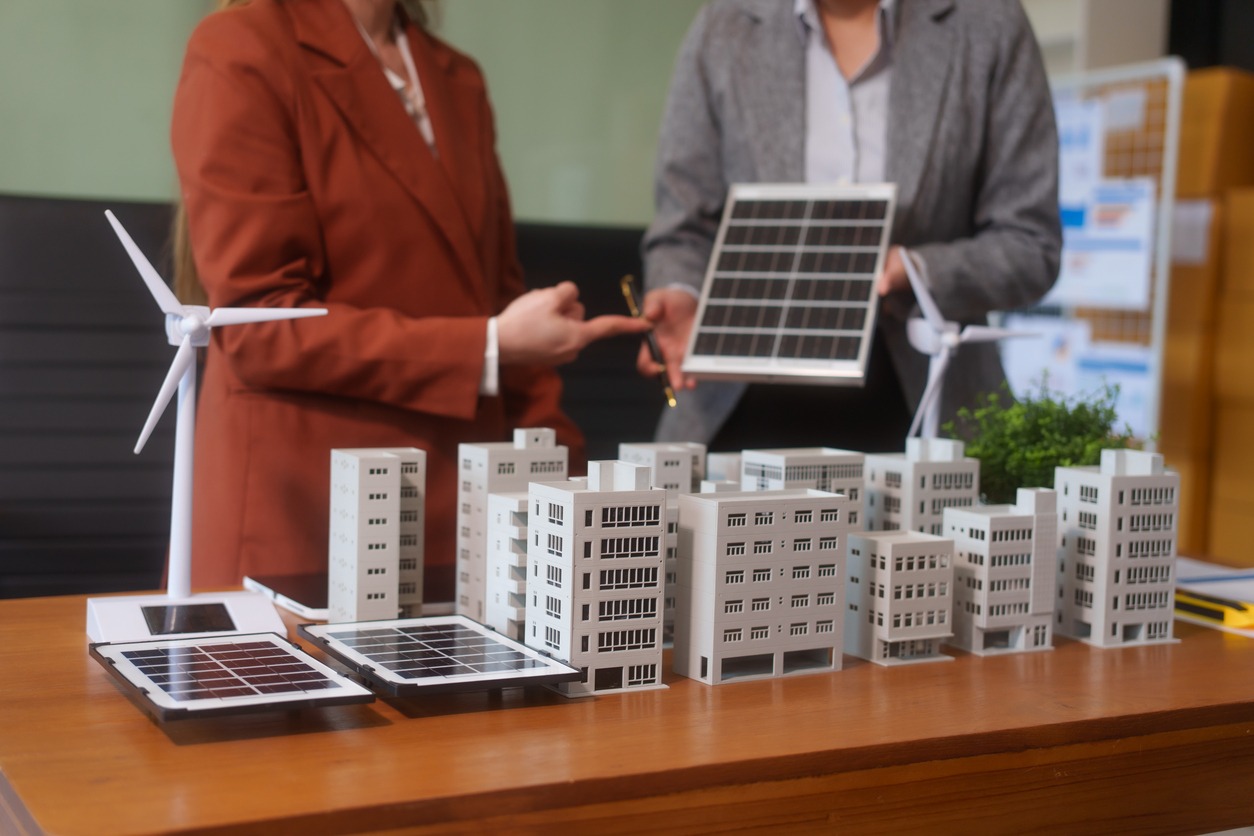Water, Vol. 17, Pages 3311: Toward a Localized Water Footprint of Lithium Brine Extraction: A Case Study from the Salar de Atacama
Water doi: 10.3390/w17223311
Authors:
Andreas Link
Sylvia Marinova
Lindsey Roche
Vlad Coroamă
Lily Hinkers
Denise Borchardt
Matthias Finkbeiner
The extraction of lithium from salt flats such as the Salar de Atacama (SdA) has raised concerns about its potential impact on the local water balance. This study evaluates the possibility of including localized mining impacts on groundwater tables, lagoons, brine–freshwater mixing, evaporation, precipitation feedback, and recharge in a localized water footprint case study of lithium mining in the SdA. Using ready-to-use hydrogeological models, we primarily assessed the effects of lithium extraction on groundwater levels, evaporation, precipitation, and basin recharge dynamics. The influence on evaporation and recharge appears to be limited, with surplus evaporation due to mining accounting for a maximum of 4% of basin-wide evaporation. Regarding groundwater tables, drawdown exceeding 25 cm to several meters has largely been confined to areas that are not critical for local ecosystems. Available hydrogeological models have also helped to estimate whether the extraction of freshwater by mining companies can exacerbate groundwater drawdown during brine extraction. Consequently, non-overlapping, geographically distinct depression cones have been identified, but total water consumption by all users in the basin has not been considered. Furthermore, the aspect of model uncertainty requires further investigation, as do changes in lagoon areas and brine–freshwater mixing, which are not yet comprehensively captured by existing models.
Source link
Andreas Link www.mdpi.com


